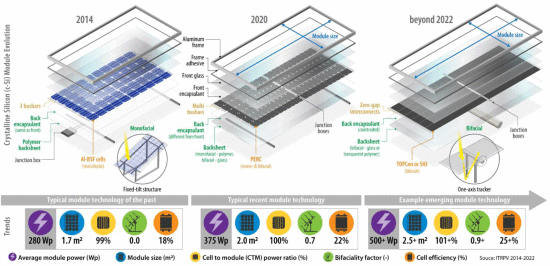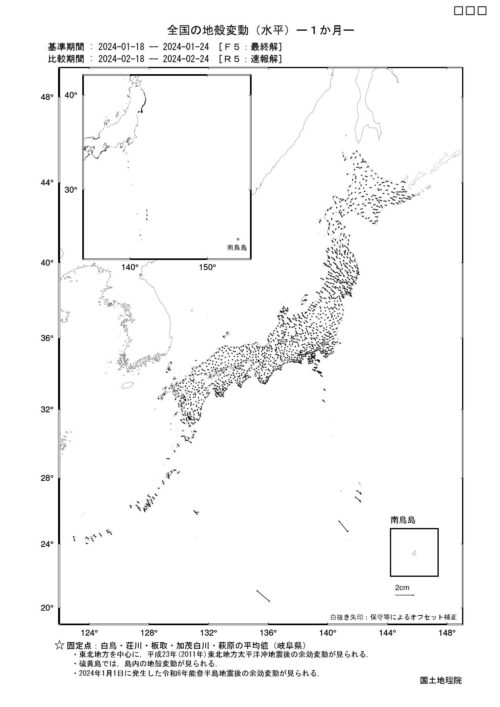2024-03-07 米国国立再生可能エネルギー研究所(NREL)
<関連情報>
- https://www.nrel.gov/news/program/2024/a-crystal-ball-for-solar-modules.html
- https://ieeexplore.ieee.org/document/10347402
先手を打つ: 予測される技術変化に伴う新しい太陽電池モジュールの信頼性リスクの評価 Getting Ahead of the Curve: Assessment of New Photovoltaic Module Reliability Risks Associated With Projected Technological Changes
Jarett Zuboy; Martin Springer; Elizabeth C. Palmiotti;…
IEEE Journal of Photovoltaics Published:07 December 2023
DOI:https://doi.org/10.1109/JPHOTOV.2023.3334477

Abstract
Maintaining the reliability of photovoltaic (PV) modules in the face of rapidly changing technology is critical to maximizing solar energy’s contribution to global decarbonization. Our review describes expected changes in PV technology and their impacts on performance and reliability. We leverage PV market reports, interviews with PV researchers and other industry stakeholders, and peer-reviewed literature to narrow the multitude of possible changes into a manageable set of 11 impactful trends likely to be incorporated in near-term crystalline-silicon module designs. We group the trends into four categories (module architecture, interconnect technologies, bifacial modules, and cell technology) and explore the drivers behind the changes, their interactions, and associated reliability risks and benefits. Our analysis identifies specific areas that would benefit from accelerating the PV reliability learning cycle to assess emerging module products and designs more accurately. We recommend that researchers continue tracking module technologies and their reliability implications, so efforts can be focused on the most impactful trends. As the rapid technological turnover continues, it is also critical to incorporate fundamental knowledge into models that can predict module reliability. Predictive capabilities complete the PV reliability learning cycle—reducing the time required to assess new designs and mitigating the risks associated with large-scale deployment of new products.



